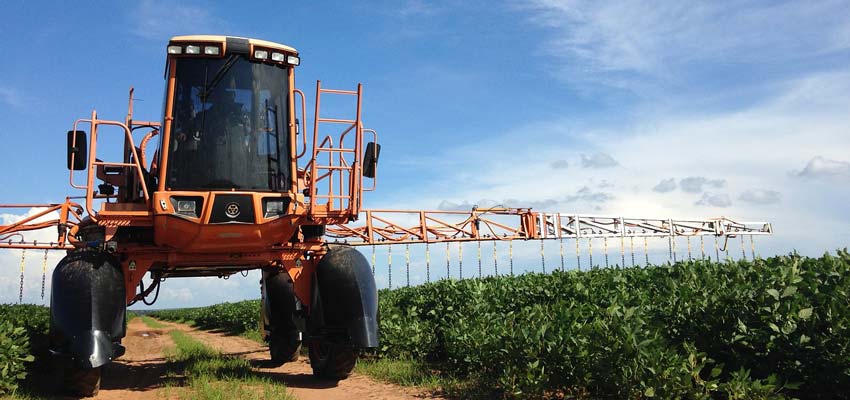It concerns chlorpyrifos- methyl, chlorpyrifos and thiacloprid
The "STOP" for chlorpyrifos- methyl and chlorpyrifos came expected, but surprisingly without a transitional period.
Regulations (EU) 2020/17 and 2020/18 entered into force on 16 January 2020 and are immediately applicable. Within one month, member states must revoke authorisations for plant protection products containing these active ingredients. The use-up periods for the products end at the latest 3 months after the regulations have come into force. The urgency is justified by the fact that the use of chlorpyrifos or chlorpyrifos-methyl is to be prevented within the EU in 2020. The active substances were classified as reproductive-toxic and genotoxic. The ban does not apply to third countries. This may lead to goods from third countries not being able to be marketed due to MRL overruns because the maximum residue limits were immediately reduced to 0.01 mg/kg, as is usual in such cases.
(Chlorpyrifos-methyl)
(Chlorpyrifos)
Thiachloprid: The EU Commission has published the non-renewal of the approval of thiacloprid in the EU Official Journal on 14 January 2020 in Regulation EU 2020/23. It comes into force on 03.02.2020 and provides for a period of use until 3.2.2021. Plant protection products containing the active substance are to lose their approval in the member states by 30.8.2020 at the latest. The ban was justified by the danger to aquatic life and bees from its metabolites, which are also attributed with carcinogenic properties.
(Thiacloprid)
Author: Dr. Frank Mörsberger

 Contact
Contact

 Contact
Contact Career
Career